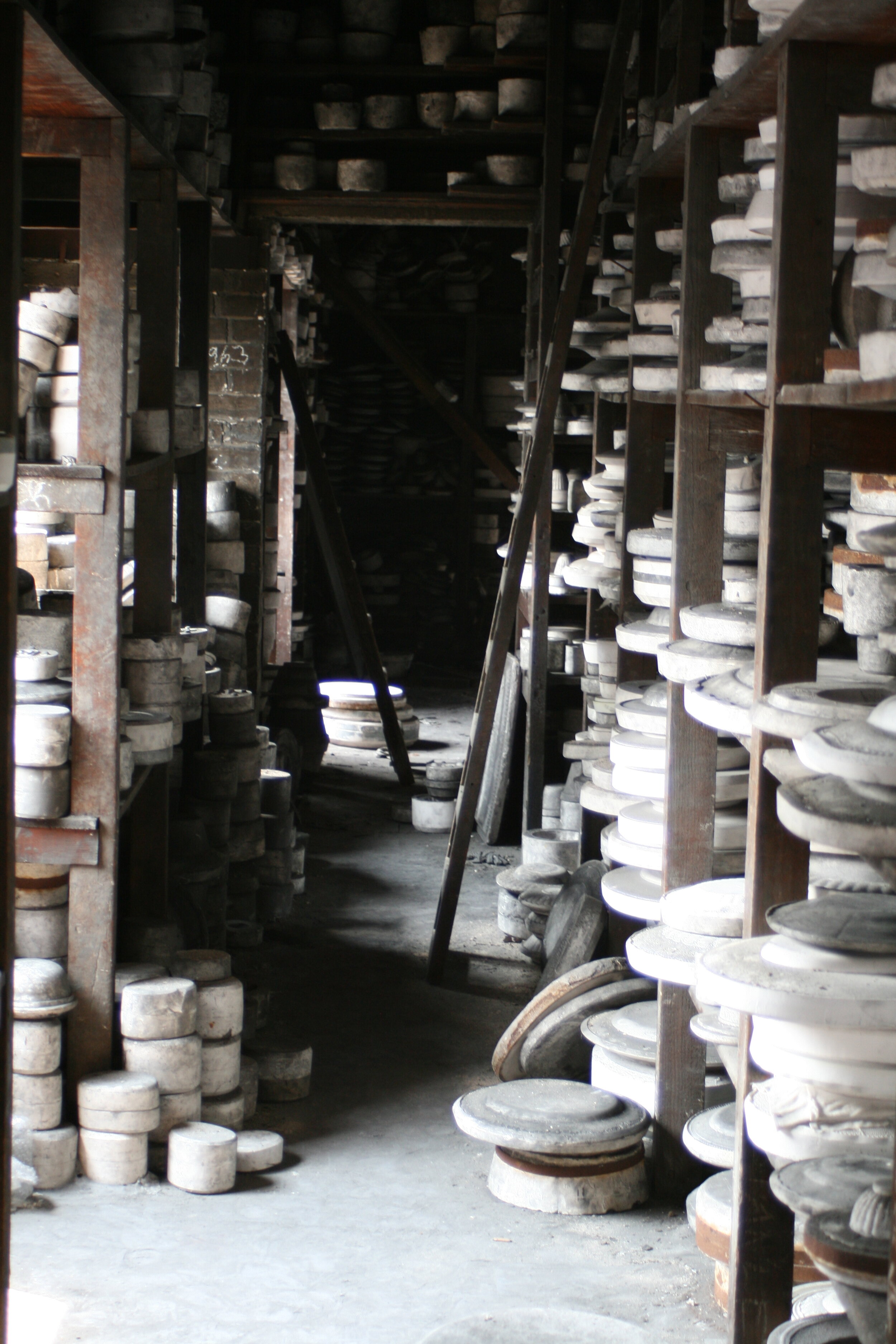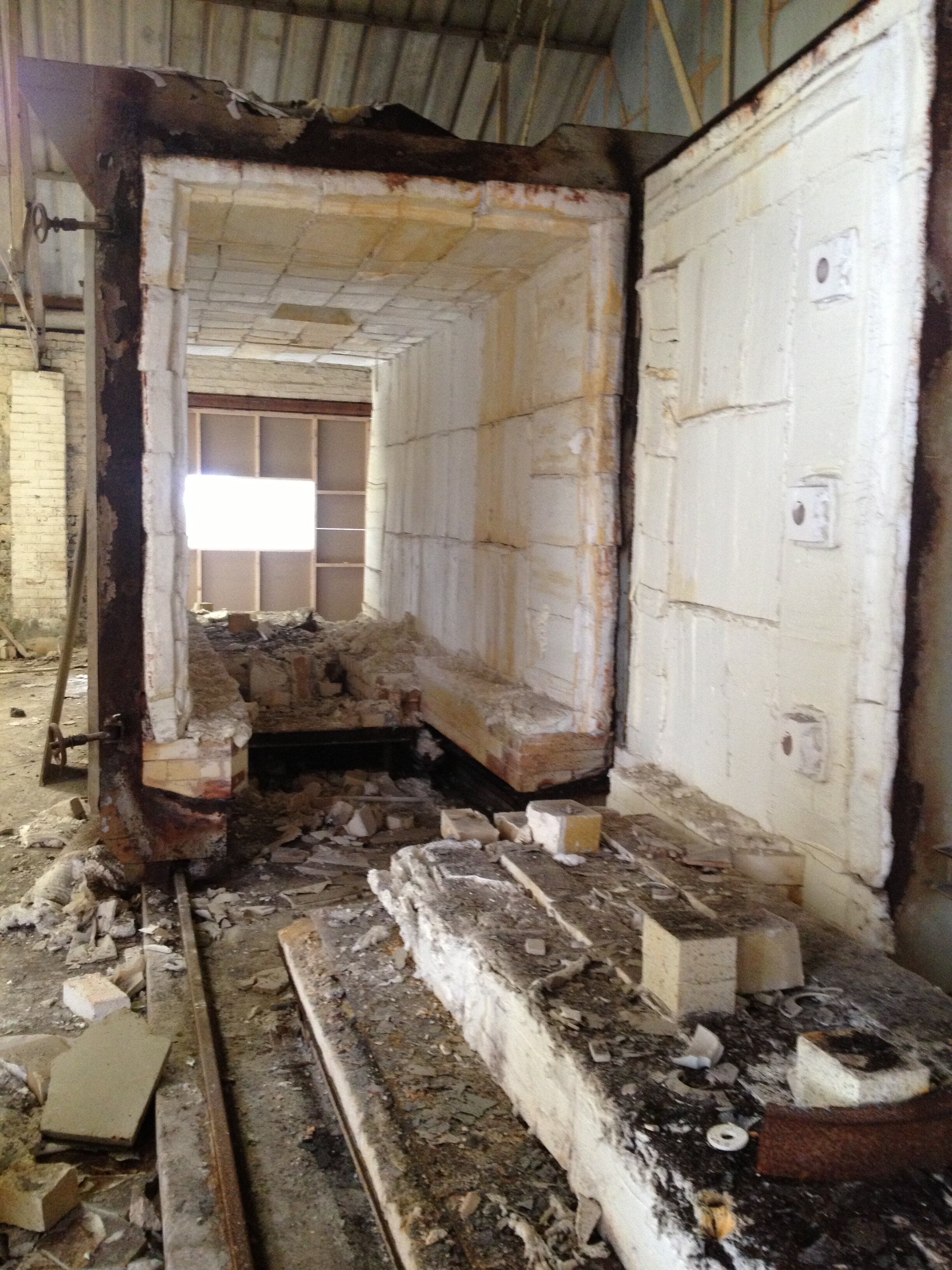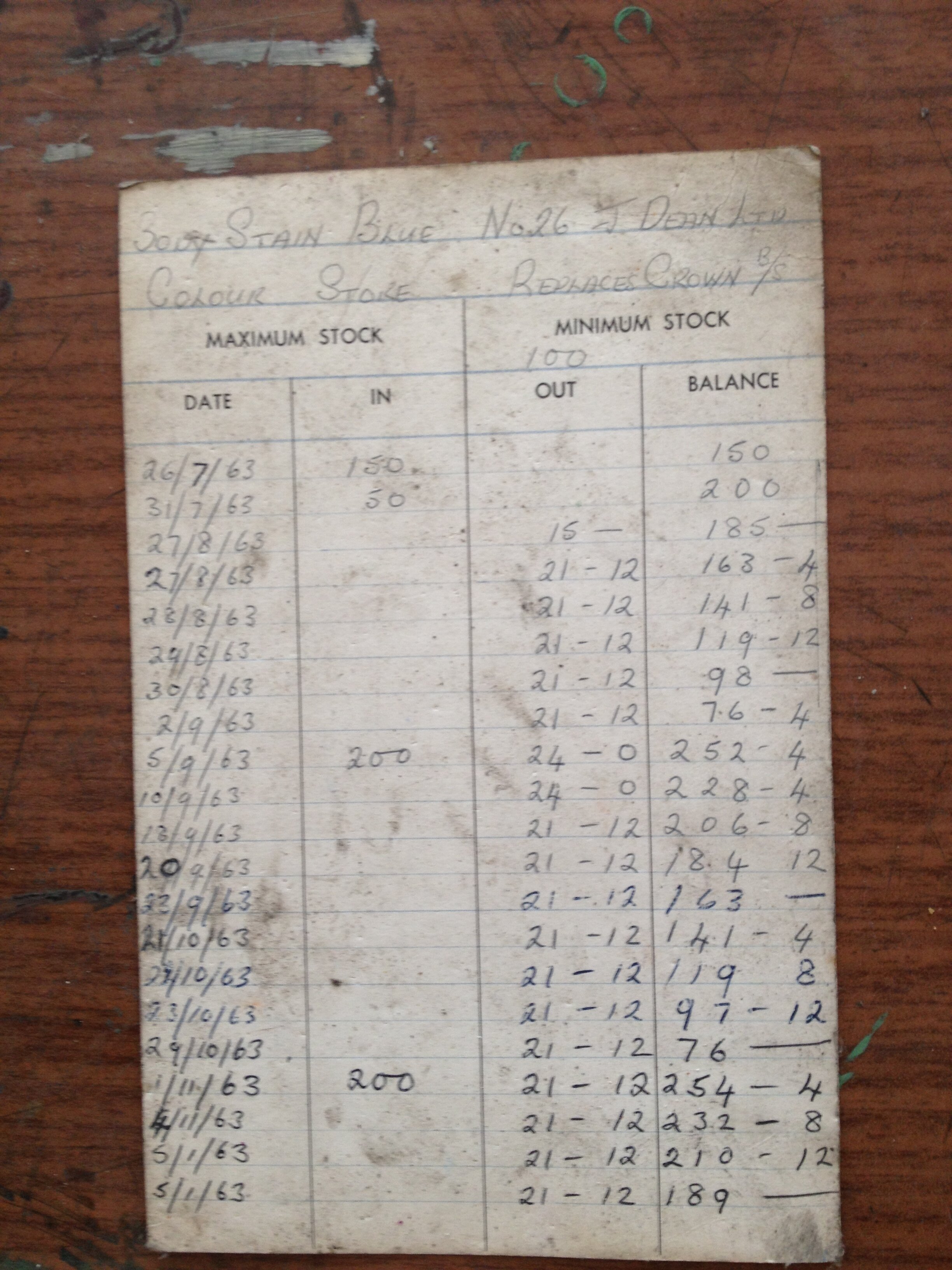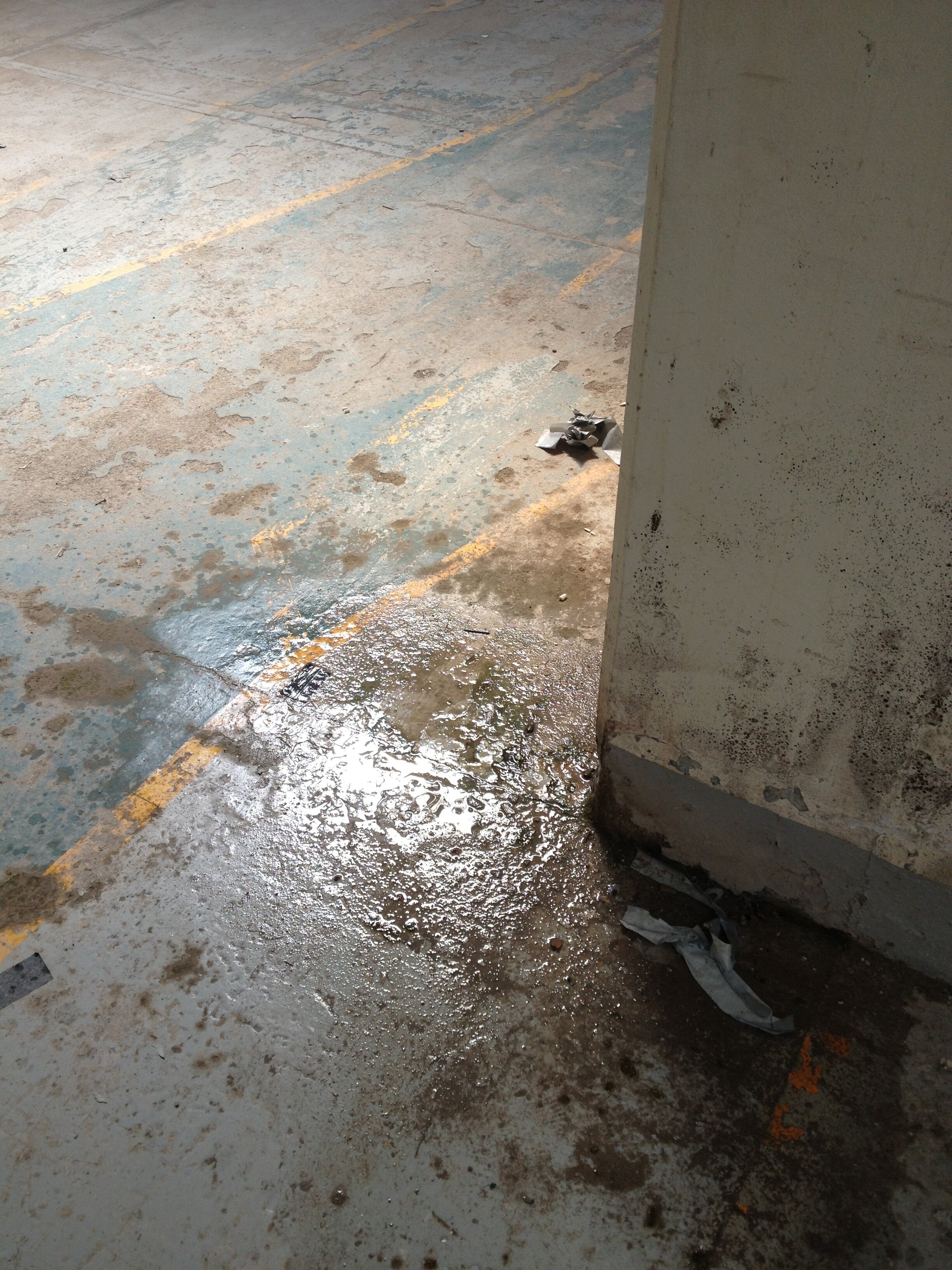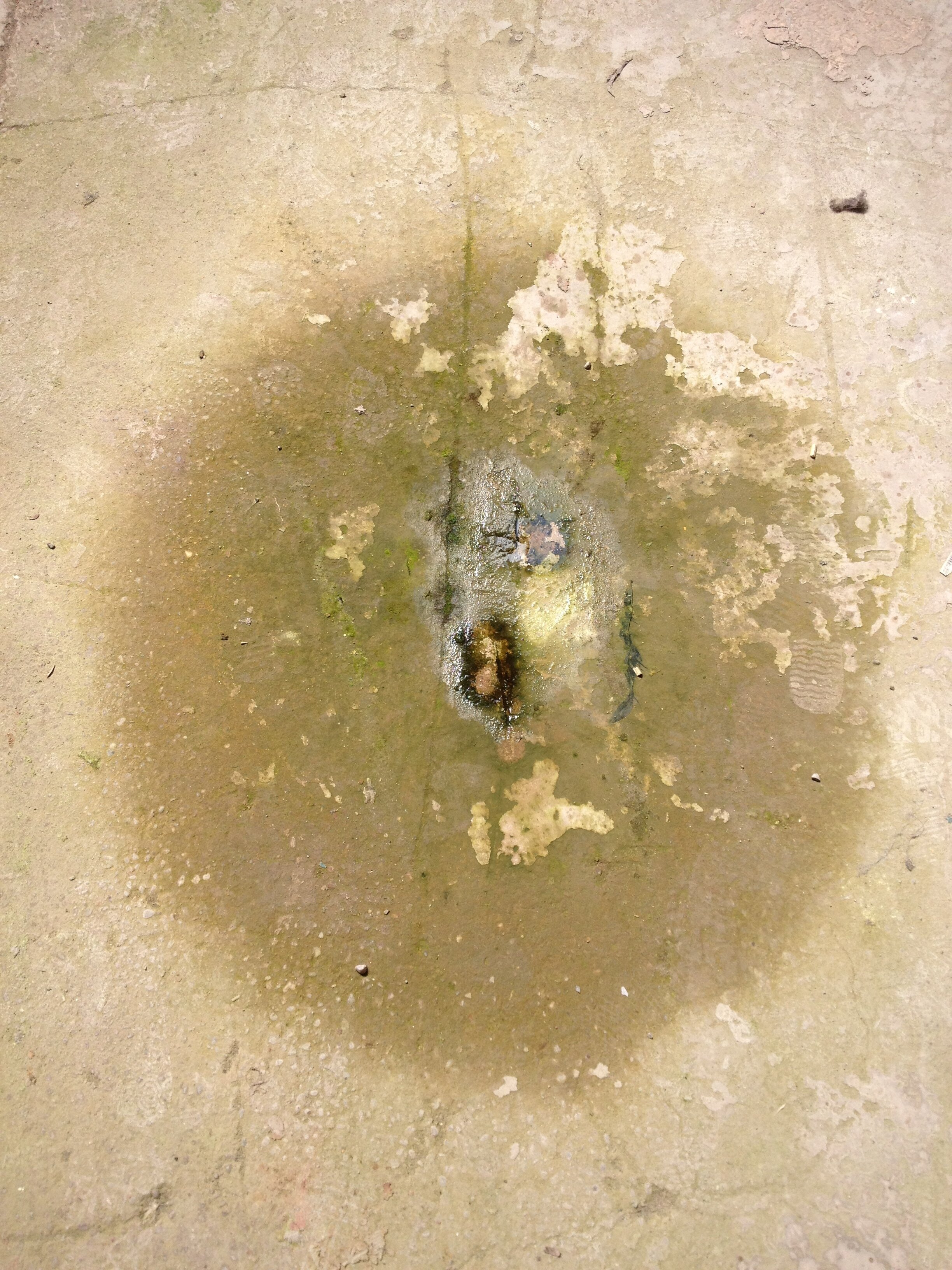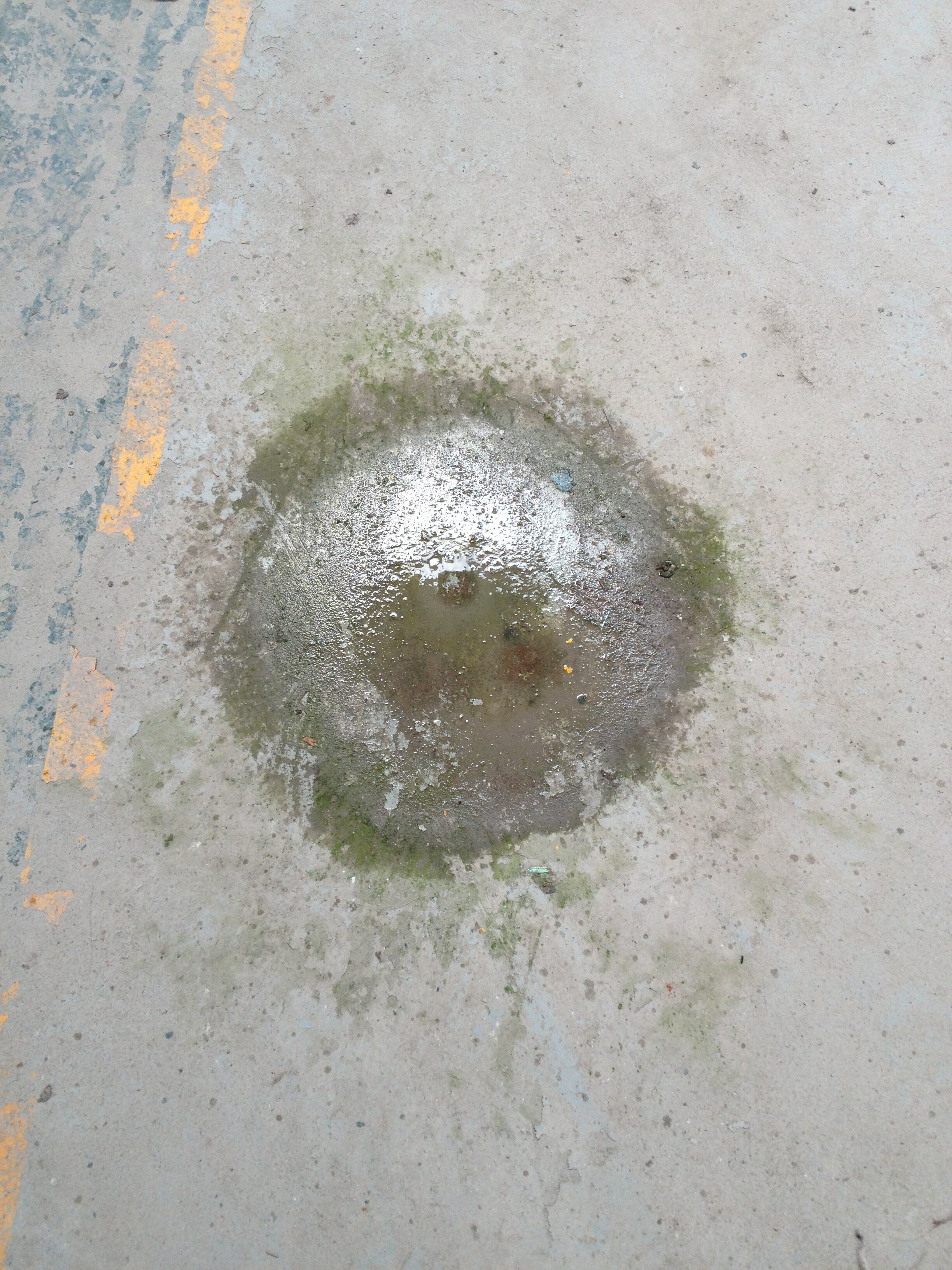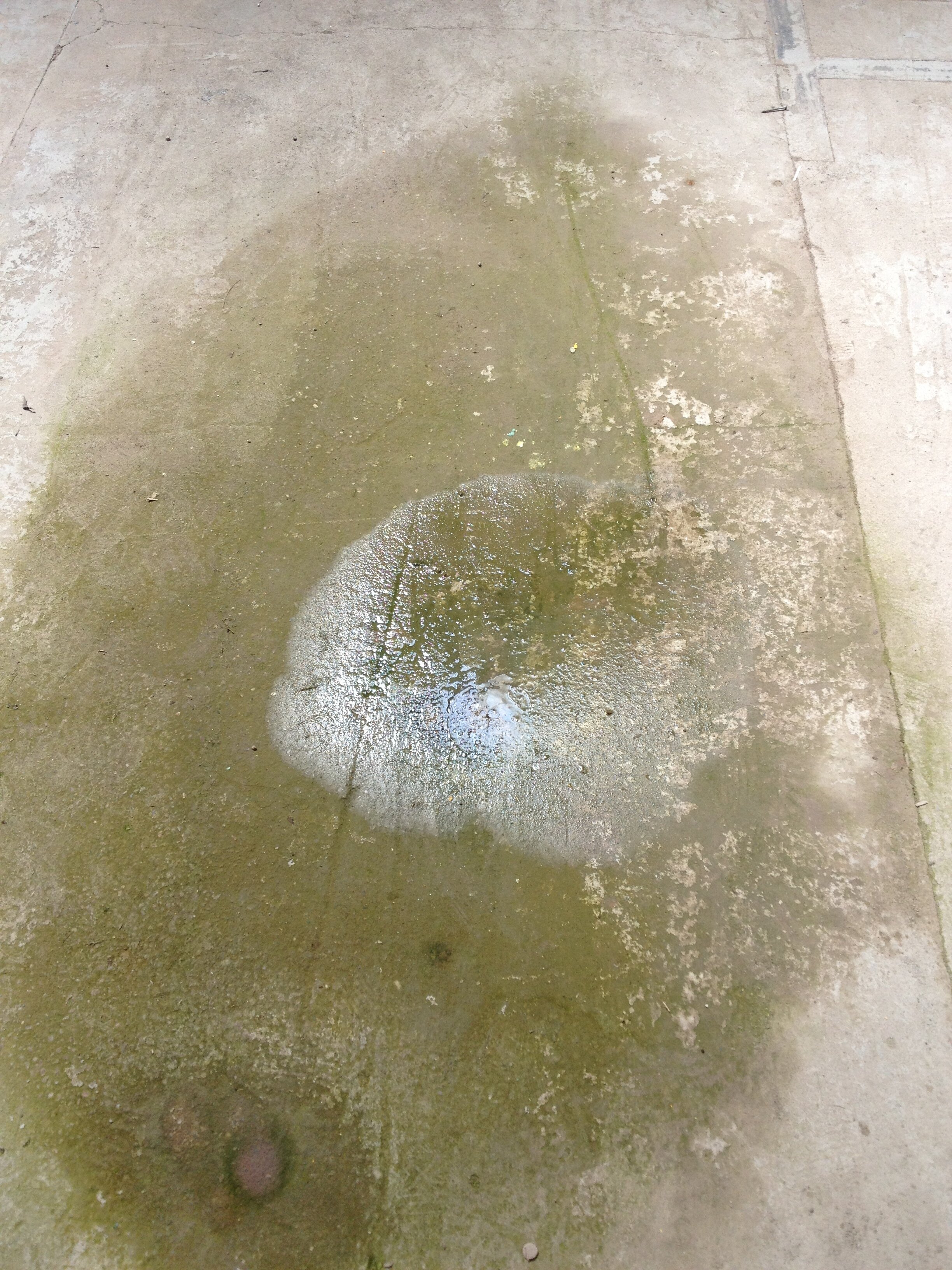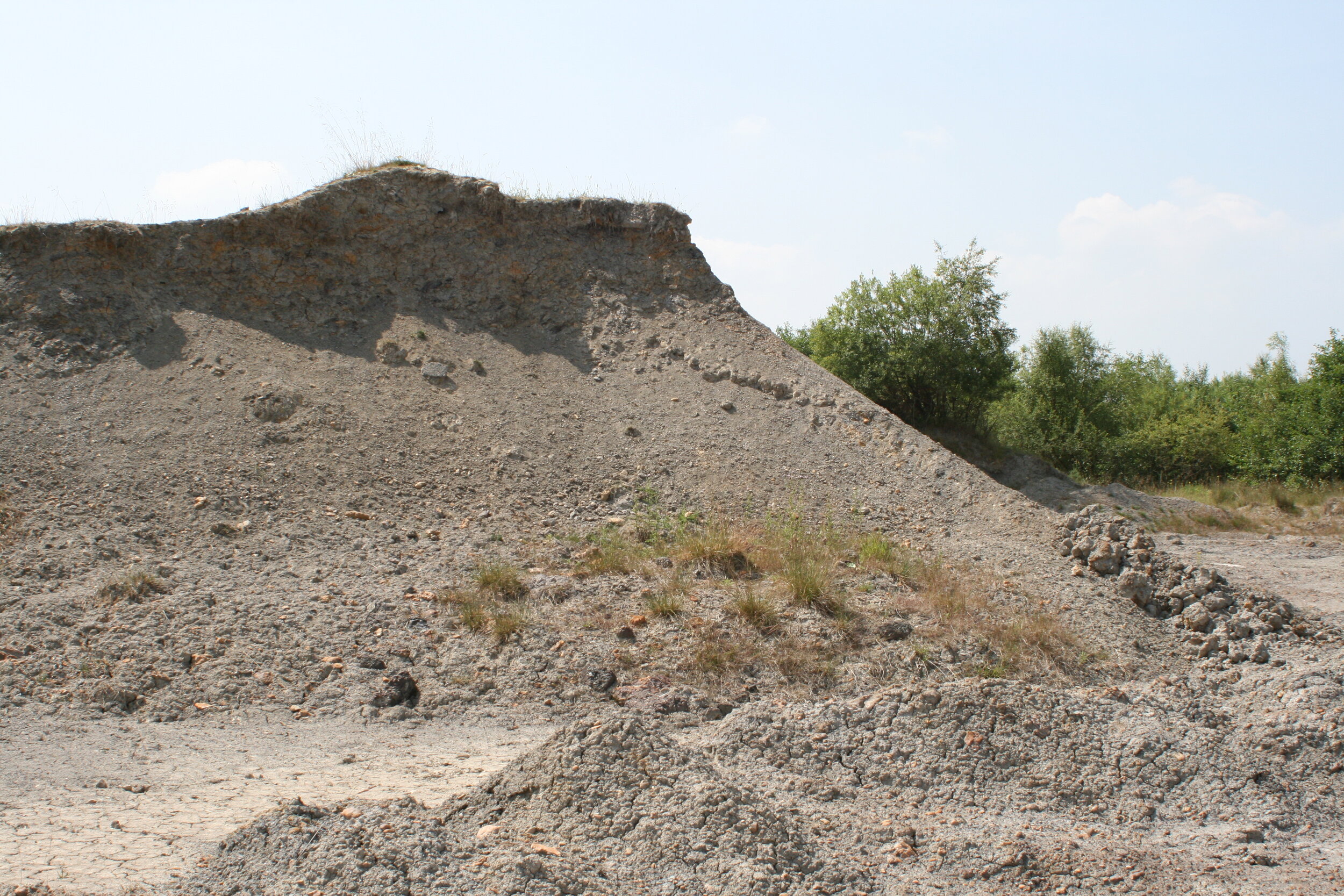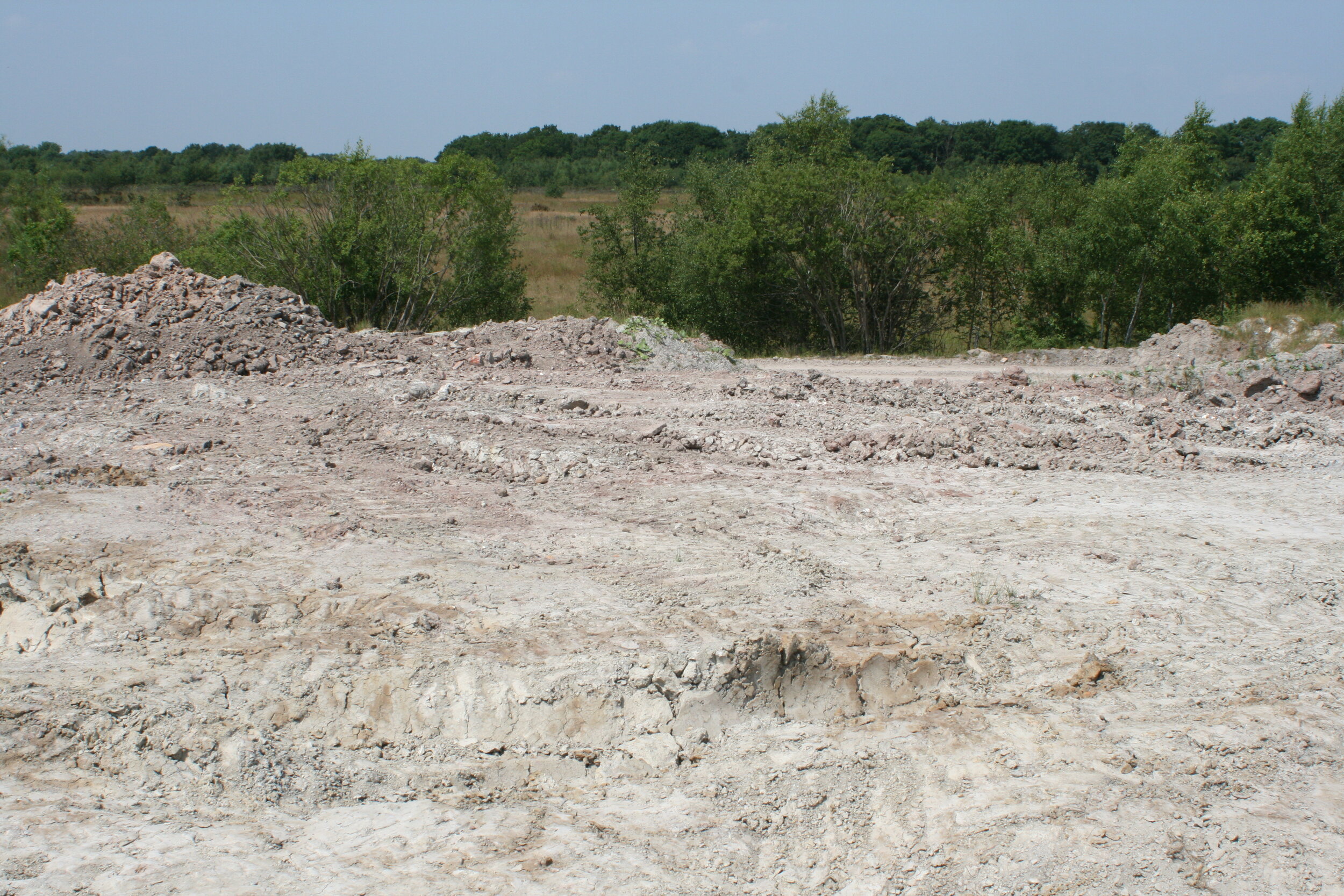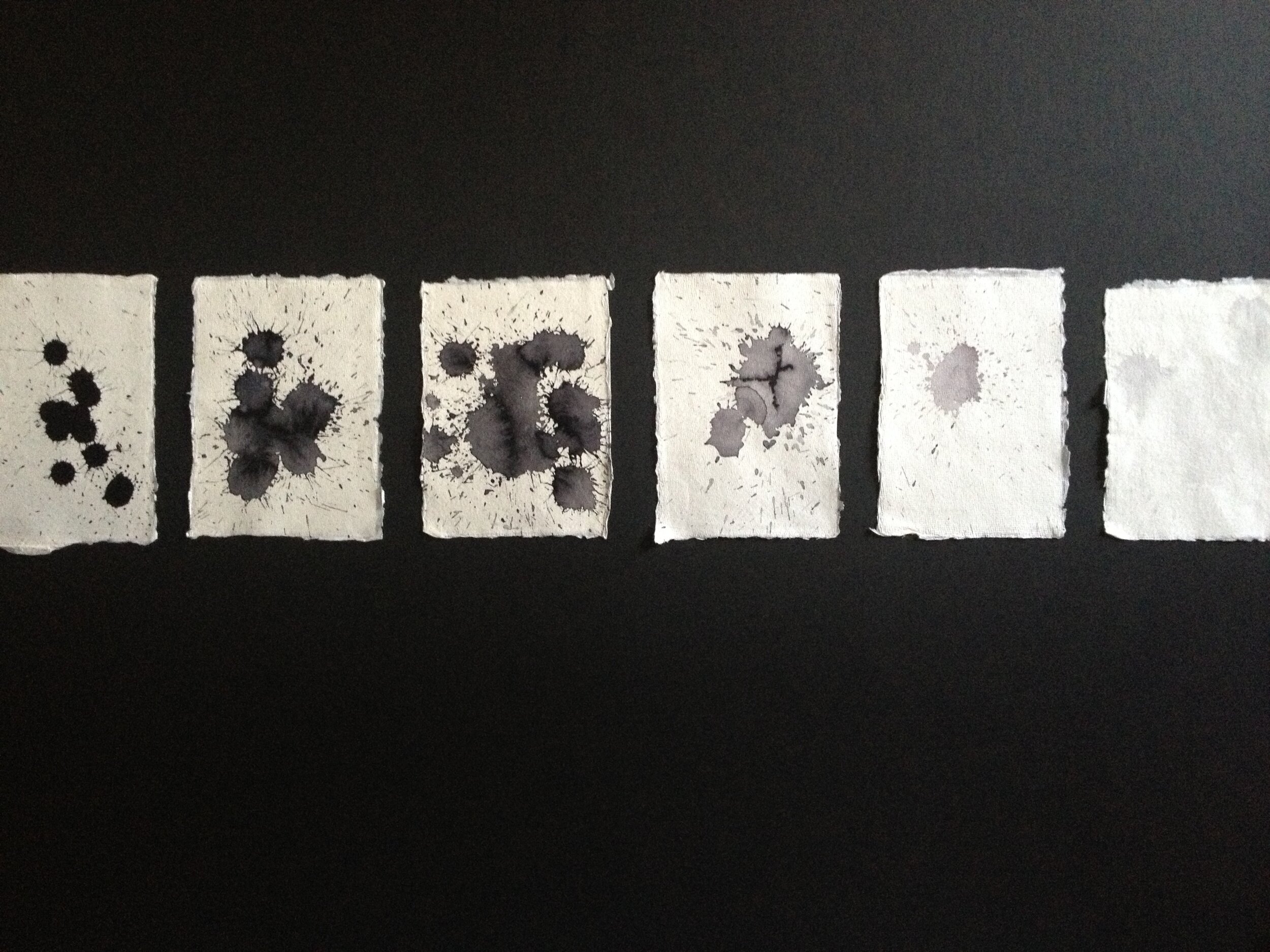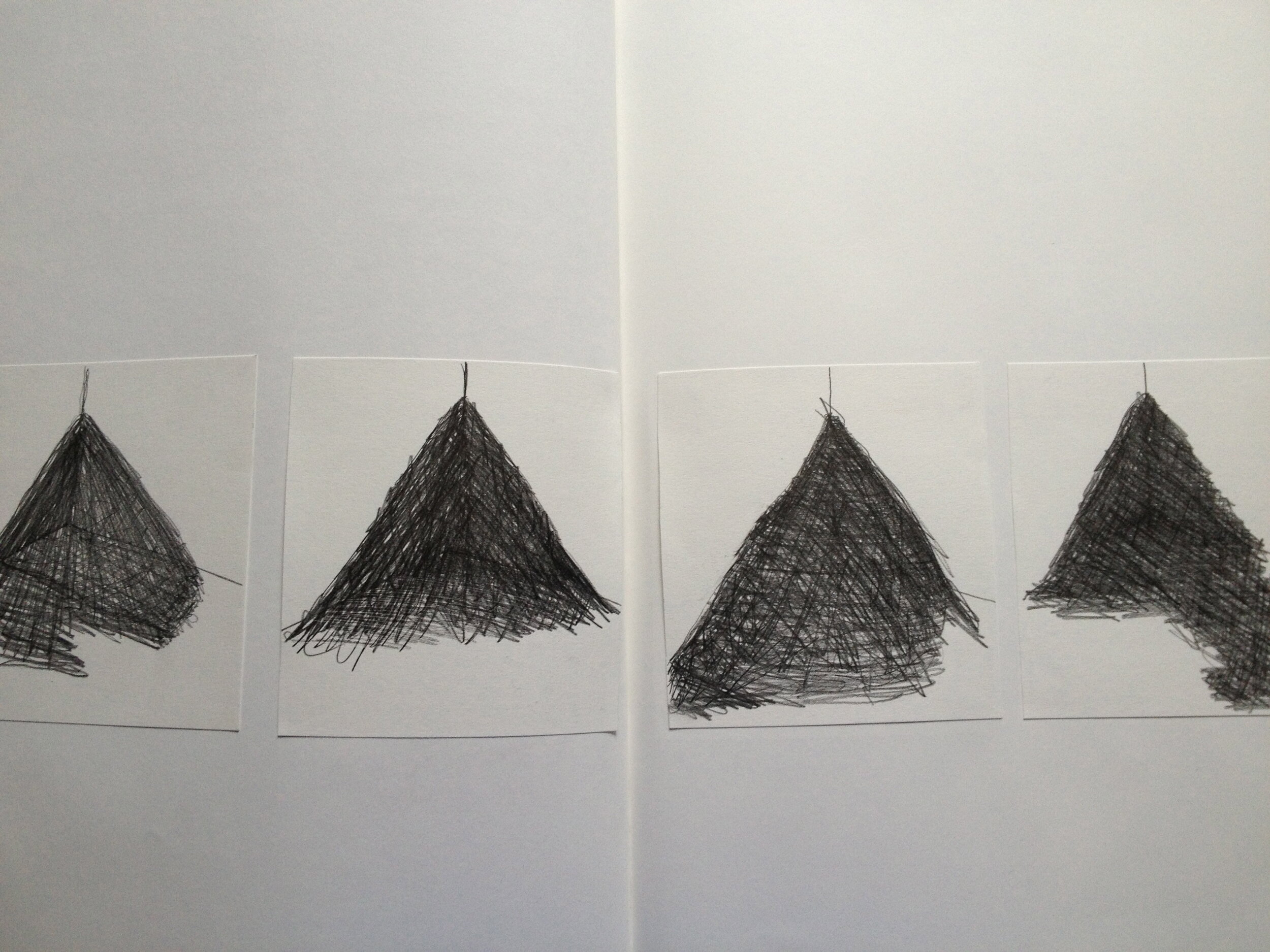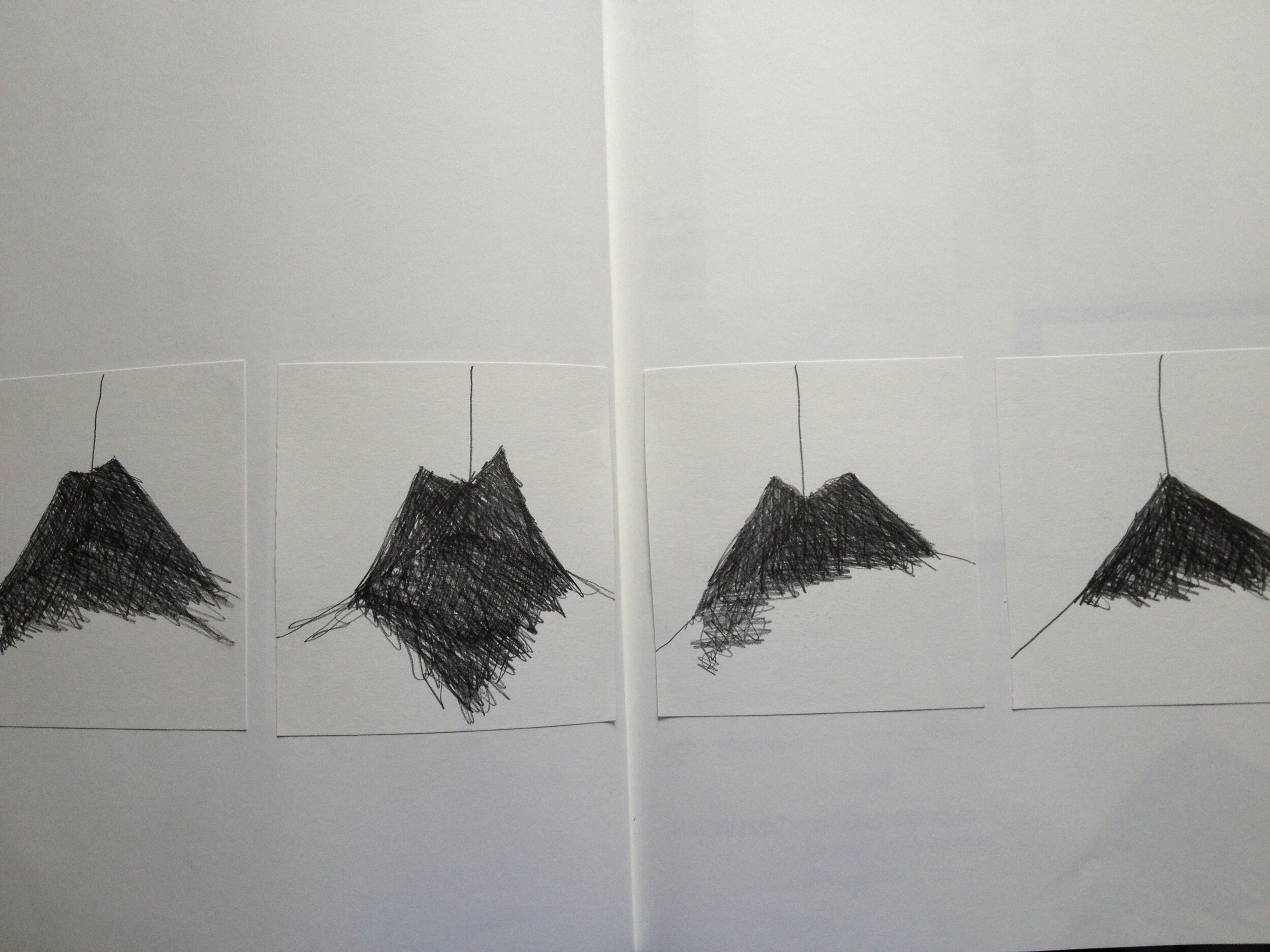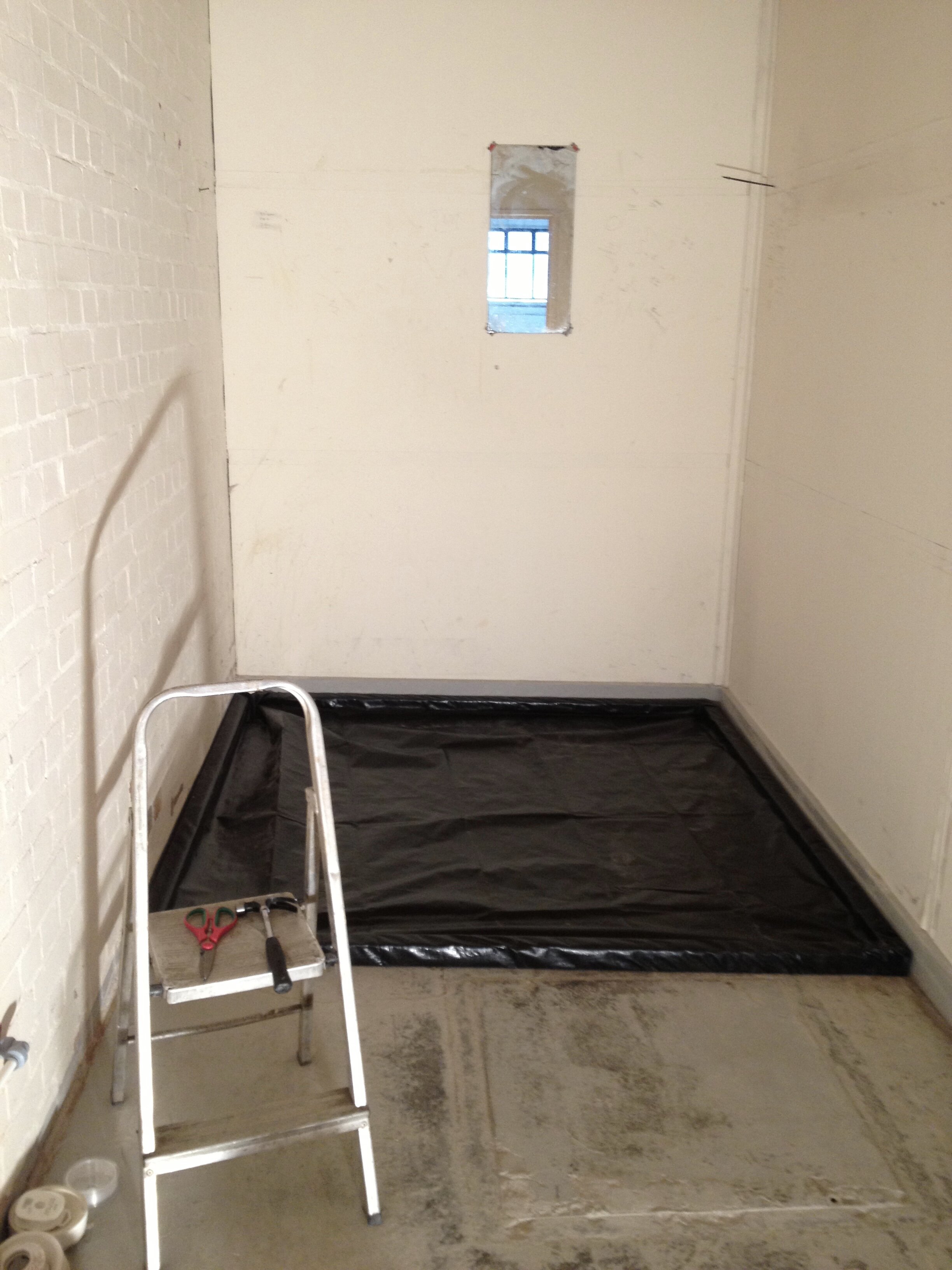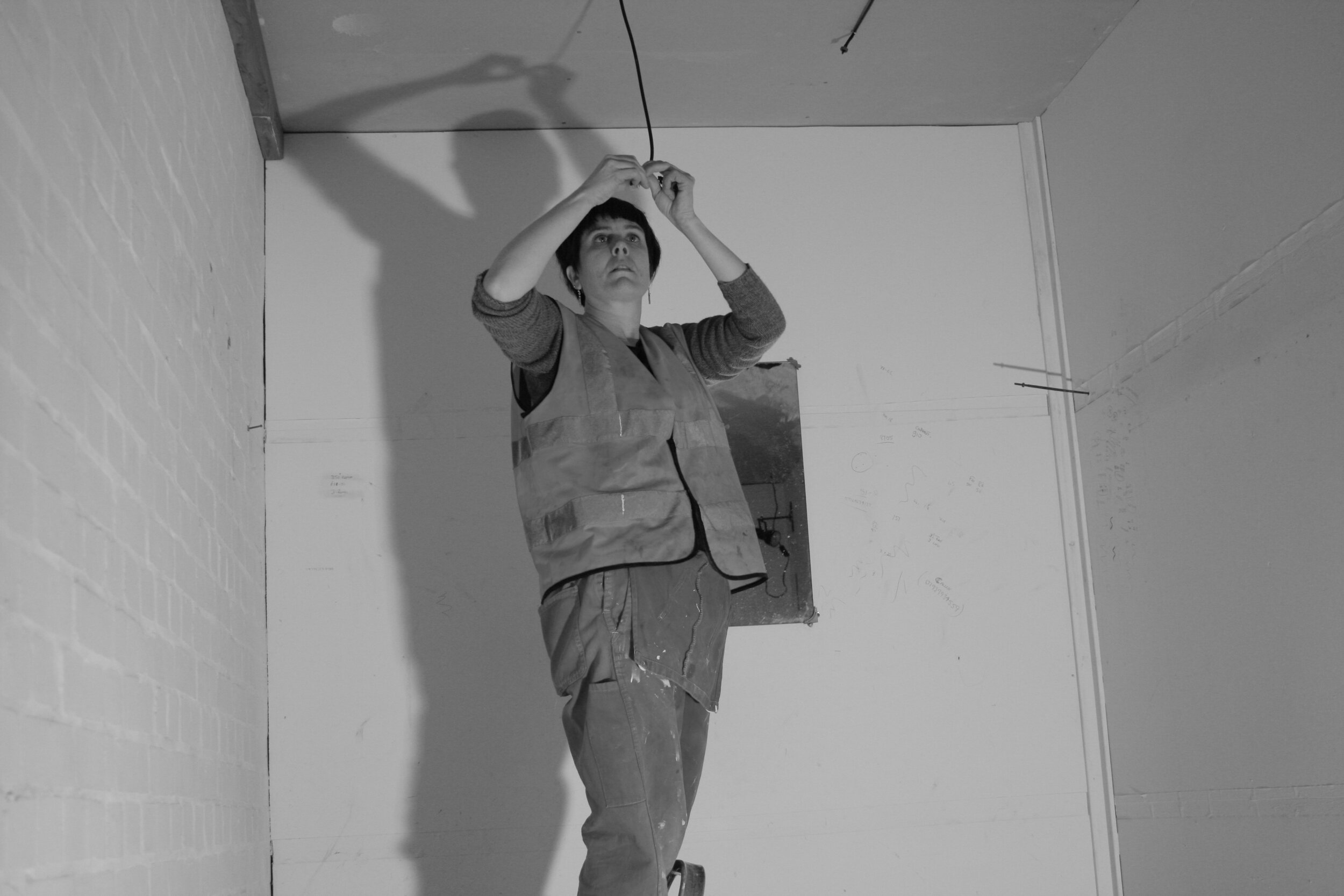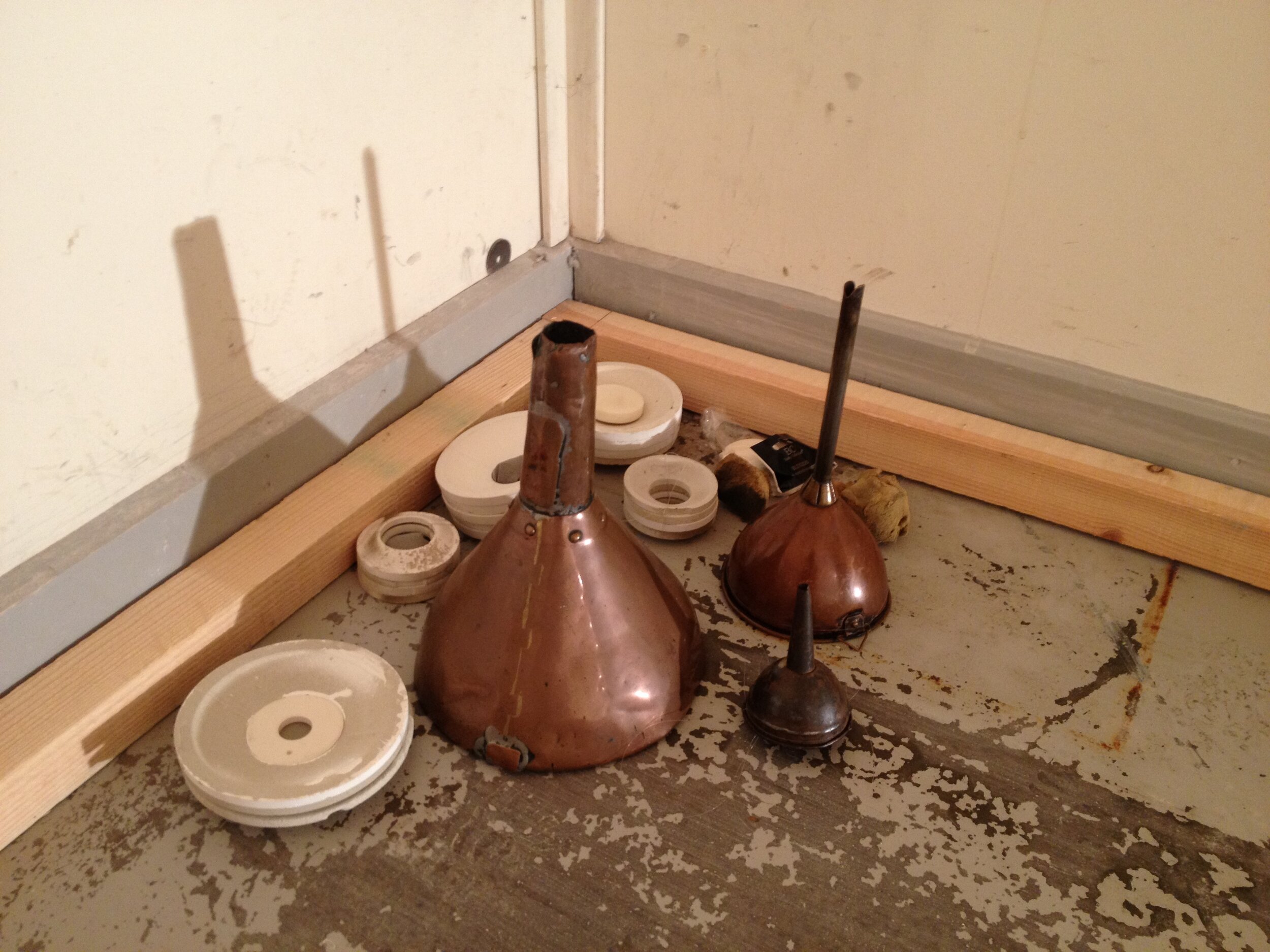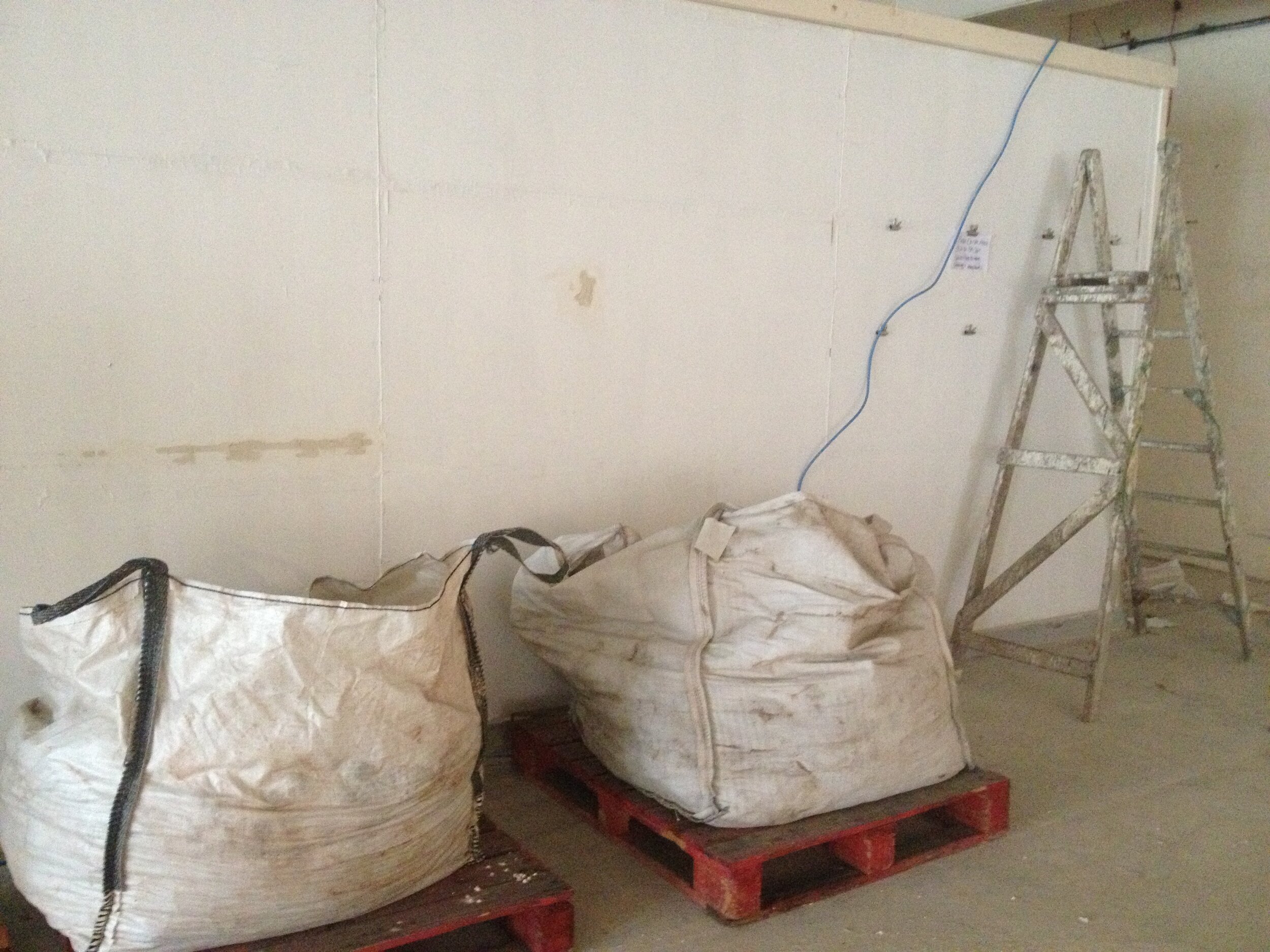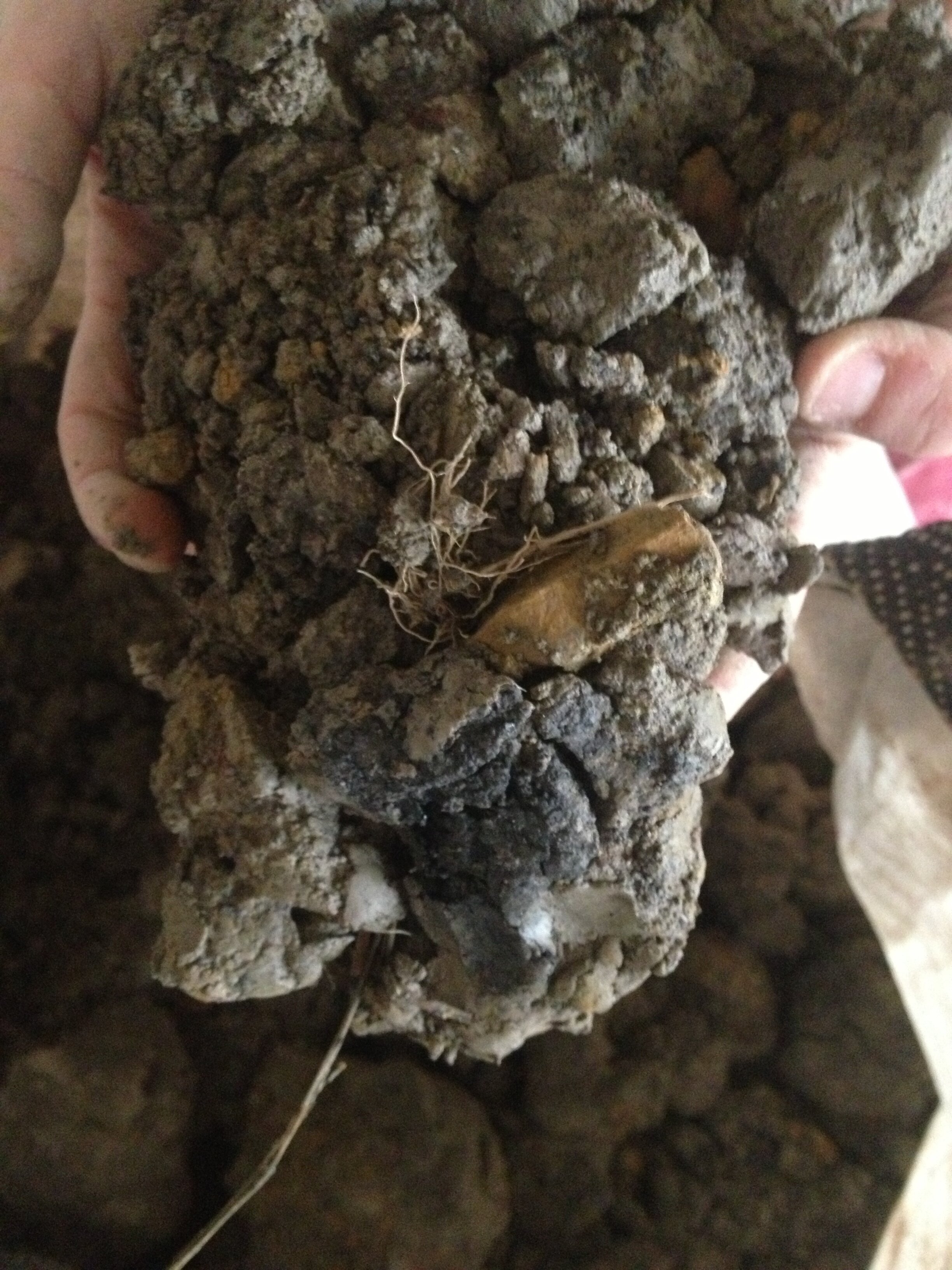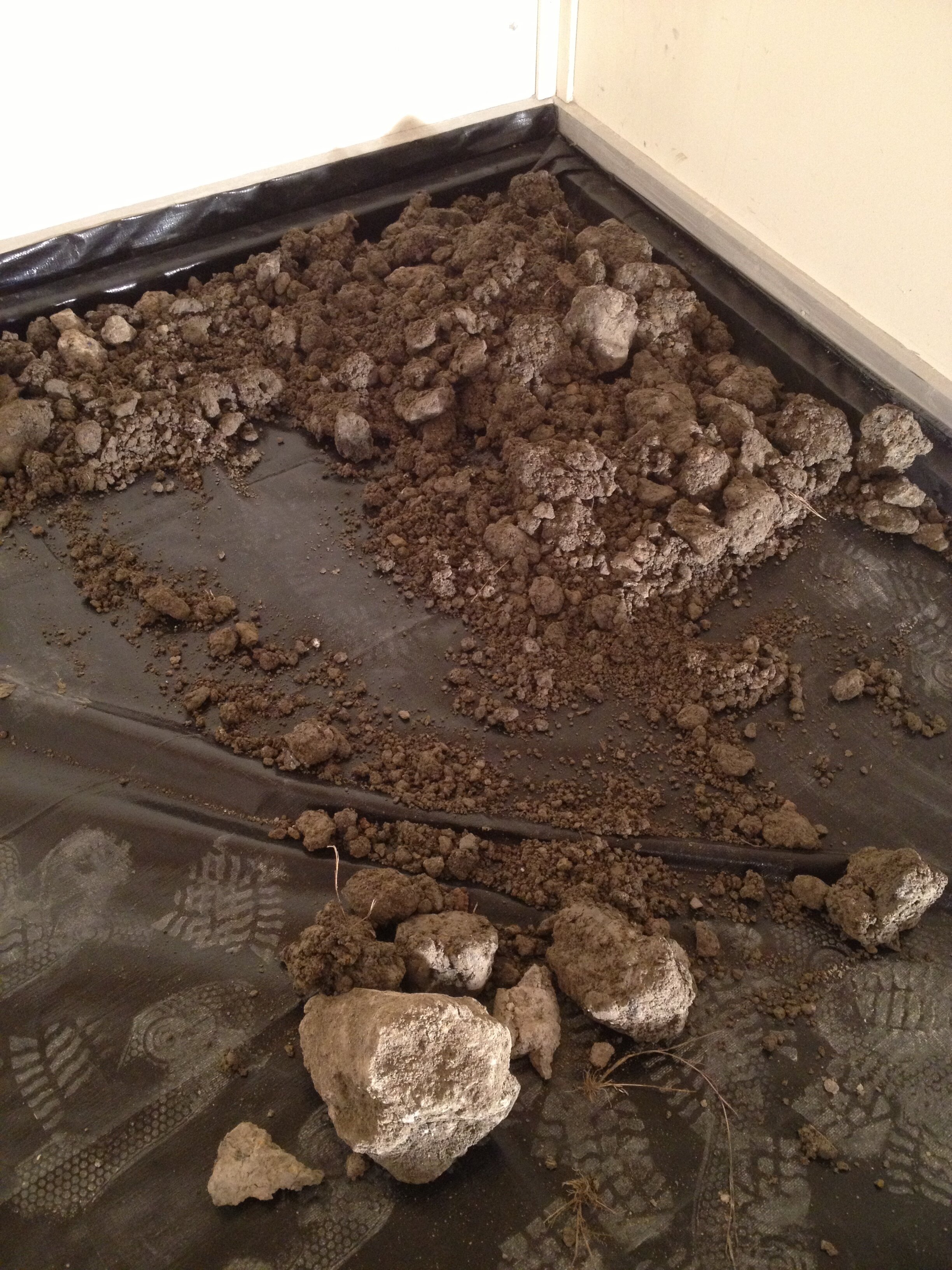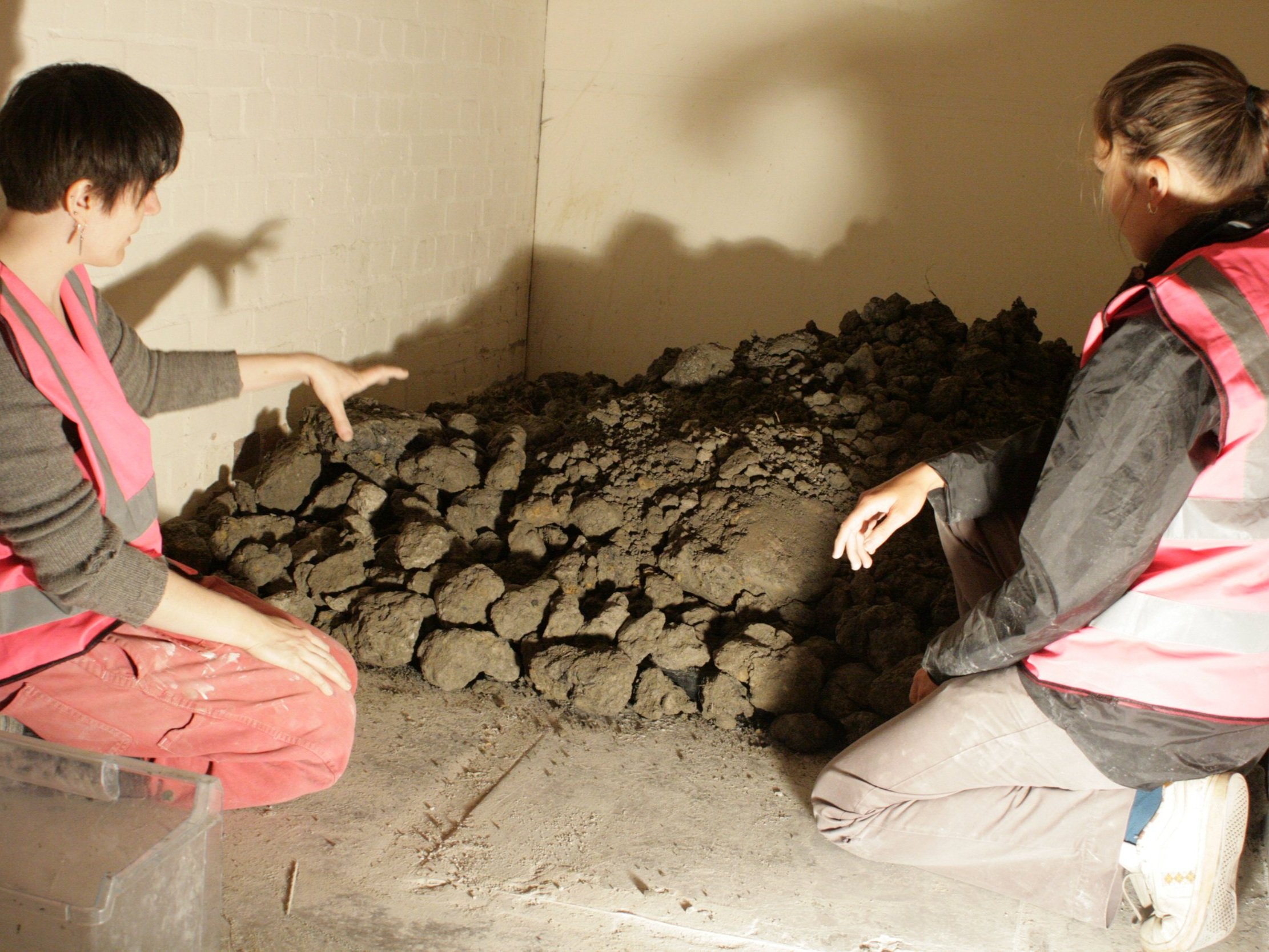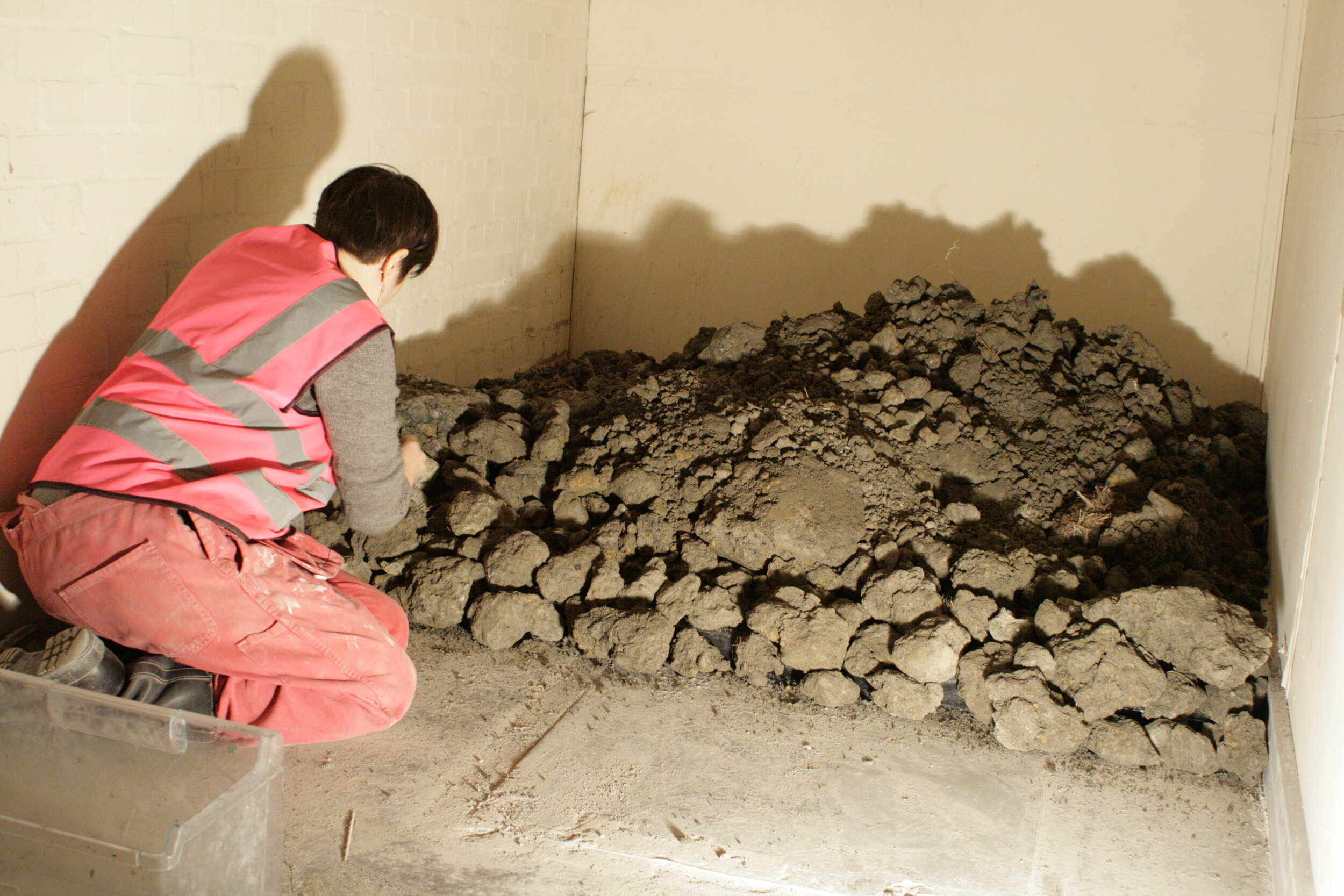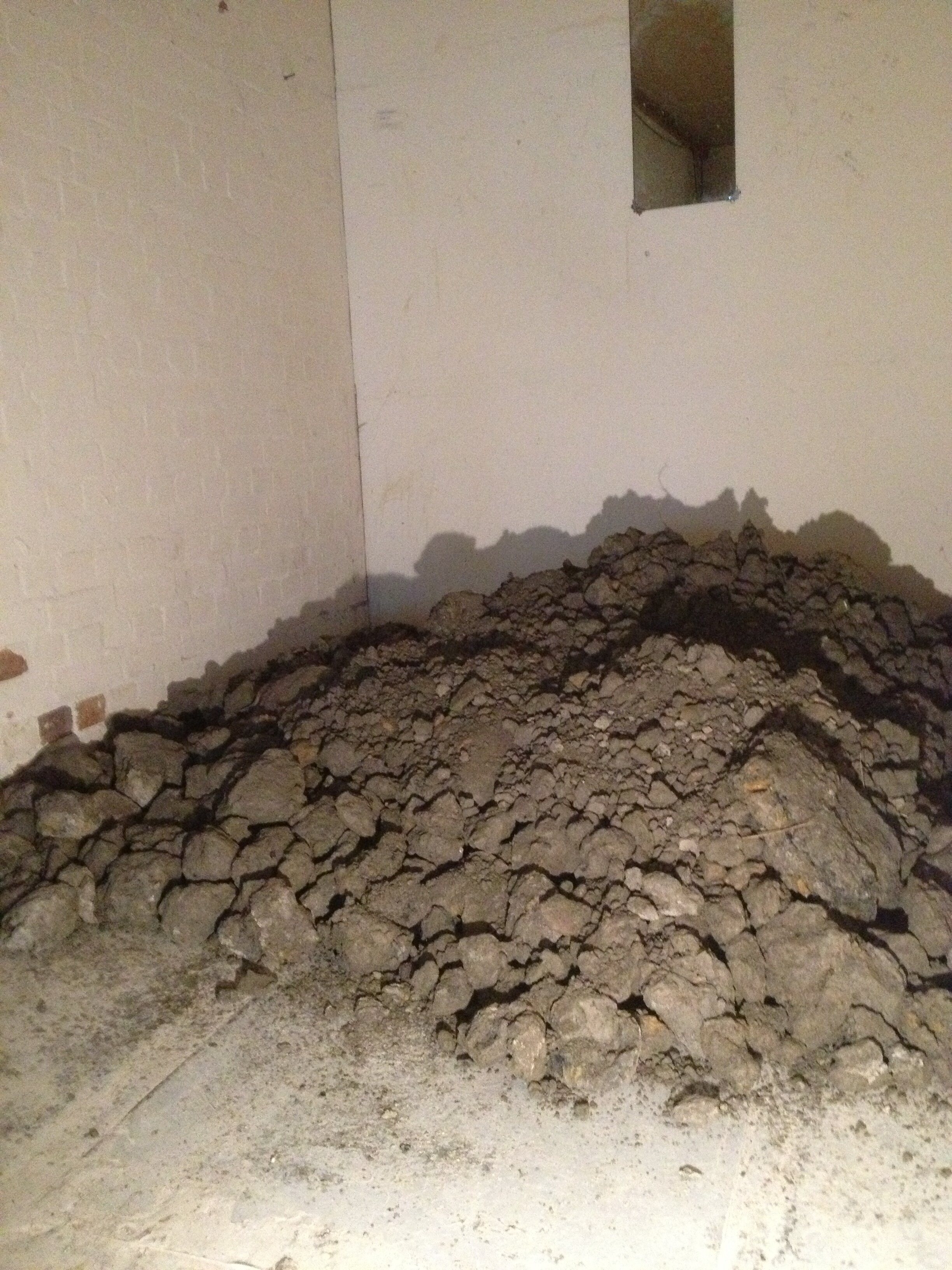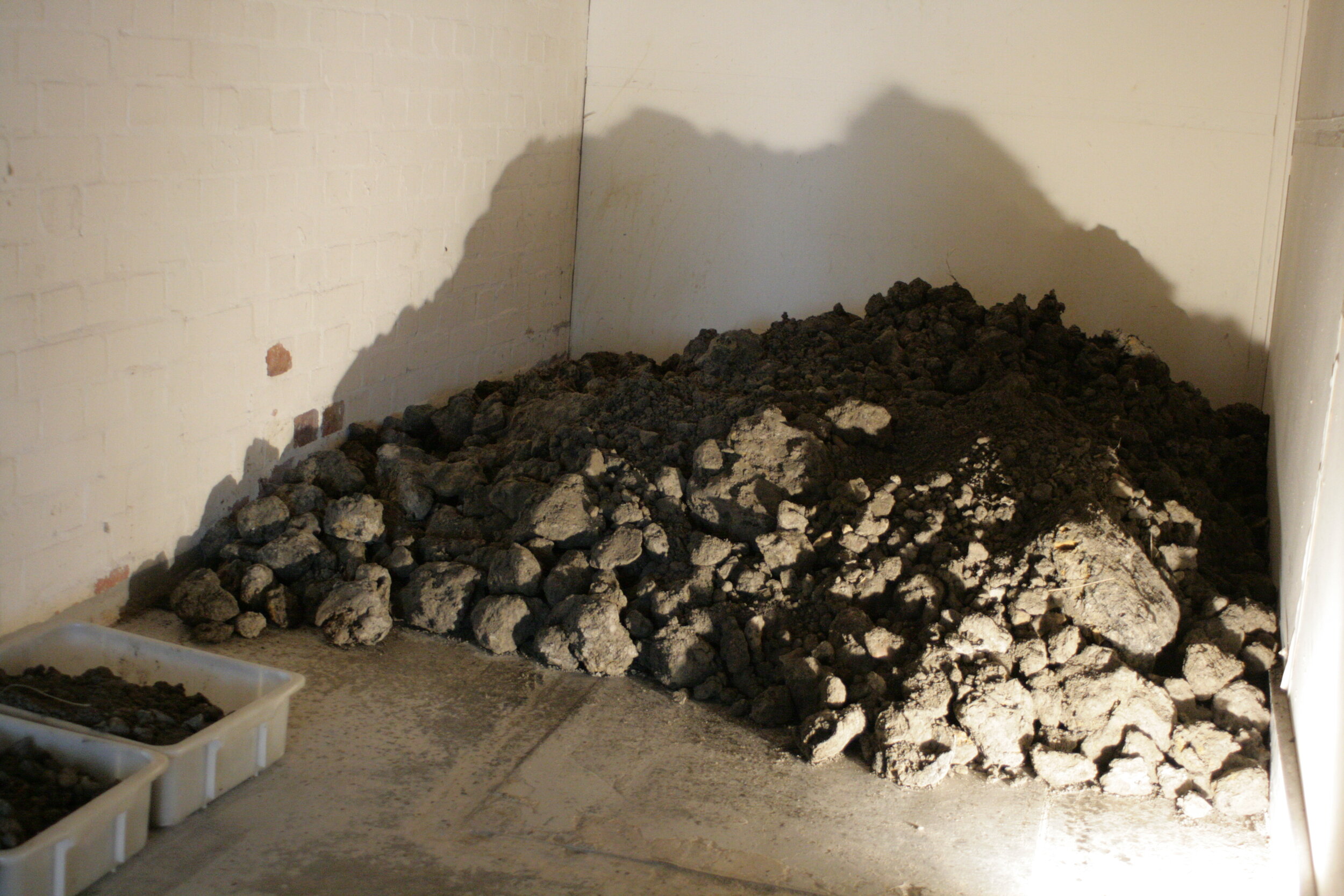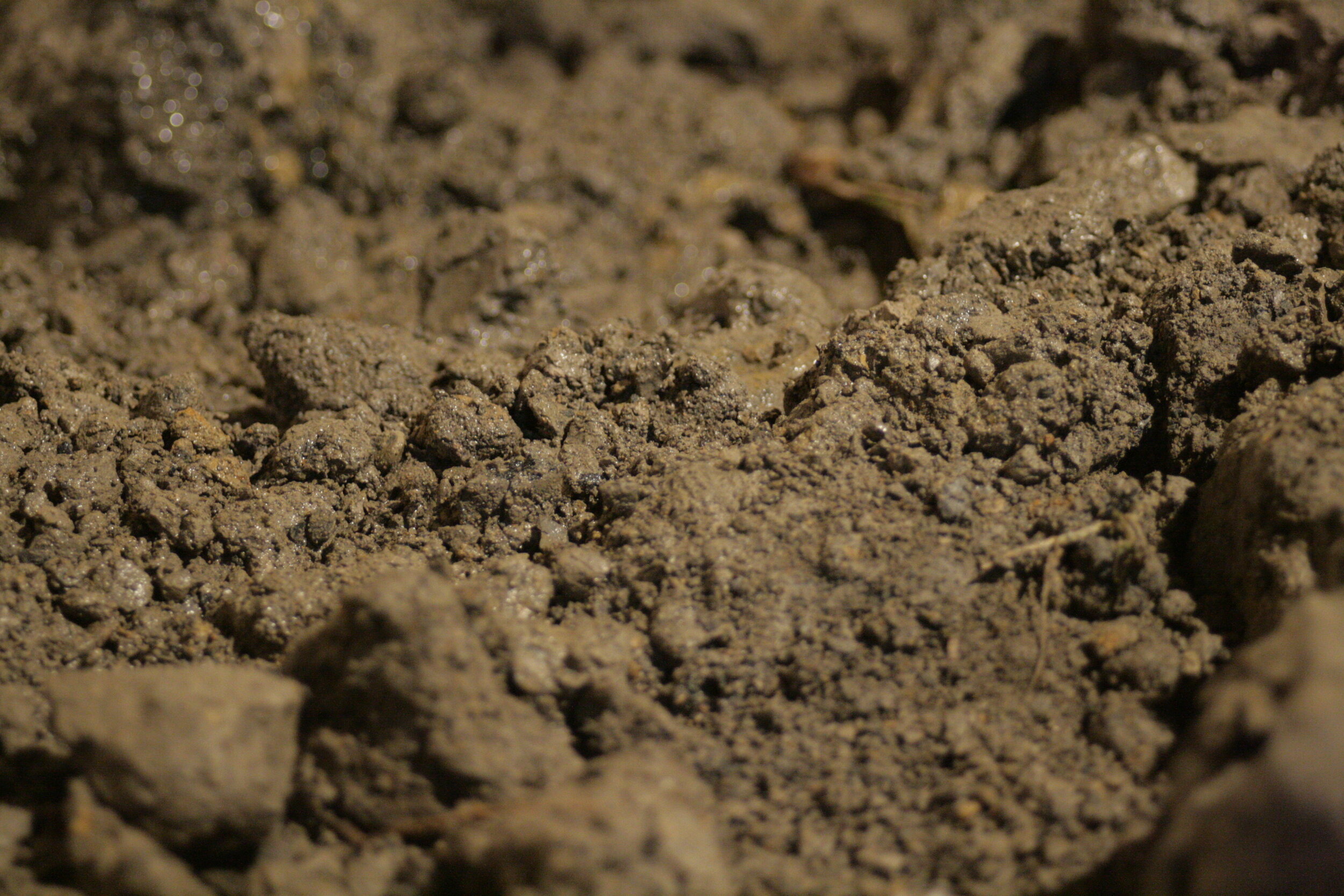Explore Spode Research Residency
Collaborative project with Hothouse 3 ceramicists
April 2013 - September 2013
Nine emerging ceramicists have also worked together to bring their new voices in response to the former Spode factory site. Many undertaking their first research project, the group have supporting each other in this process by sharing responses and research, making it an experiential process for those involved. The group have observed the space as a container holding the histories of those who have worked there, things made there and things left behind, and the passage of time. The multiplicity of the site is echoed though the diversity of approach from these emerging ceramic practices, illustrating the richness of the site. Their individual voices as makers interpret and retell possible stories and objects, memories, traces - whether though their own technical or personal approach to ceramics. All nine practitioners have come together through the Crafts Council's Hothouse programme for emerging makers. This selected six-month programme supports both creative and business development, and encourages participants to be proactive in creating platforms to showcase their work.
Project Title: Repetition over Time
What struck me when I walked through the doors of the empty Spode site, particularly when I encountered the China Hall, was that this had once been a busy, noisy, environment that worked to its own rhythm - the repetition of production and processes that took place here for almost 250 years had been transformed into this quiet expanse.
Repetition over Time is an ephemeral response to the quiet that currently exists throughout the site.
This period of research has been an exploration into building an all encompassing, spatial experience through scale and materiality reflecting one moment in time.
The continuous feed of water into the clay will gradually soften and begin to change the form, undergoing a metamorphosis and a echo of the buildings identity.




